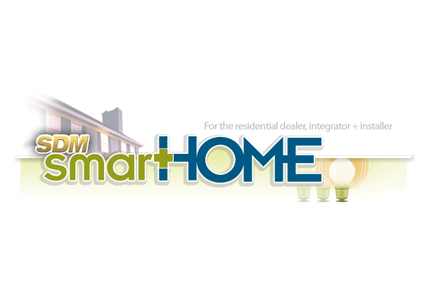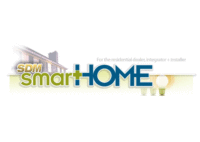Research Says Service Providers have the Edge in Residential Security

It is no surprise the trend of integrating security equipment and home automation is being spearheaded by multiple service operators (MSOs). Powered partially by intensive marketing and partially by an existing and extensive customer base, MSOs are in the best position to simply upgrade their customers’ current subscriptions. All while traditional monitoring companies and traditional high-end providers are left to find new customers.
In its most recent report on residential security, IHS Technology outlined three main system types: traditional high-end, service providers and device vendors.
- Traditional high-end are specialist whole home automation systems which are supplied by companies, such as AMX, Crestron and Control4, that provide an integrated suite of smart home products, controllers and professional installation and management services.
- Service providers are packaged solutions at relatively lower cost sold mostly through security service providers, communication service providers and utilities which provide full backend support. Most are professionally installed, by companies like Comcast, AT&T and ADT.
- Device vendors are individual modular smart home devices sold directly or through online/box retailers which includes MyQ, Piper and Lowes Iris.
According to IHS Technology, traditional high-end solutions represented about 32 percent of the United States market for smart security in home automation applications in 2014. By 2018, the market share of traditional high-end is forecast to decline to about 22 percent. Contrary for service providers, which were estimated to represent about 38 percent of the market in 2014, are forecast to represent about 58 percent of the market by 2018. Device vendors are projected to expand penetration through 2016 before losing share.
IHS anticipates a slowdown for security hardware in traditional high-end systems due to increased competition. One of the biggest drivers for these high-end systems is video and remote monitoring via a tablet or smartphone. Even with the high-end installations, it is rare to have the security integrated into a ‘Jetsons-style home’ where television, lighting and audio sequences occur to thwart intruders. Furthermore, many of the traditional high-end installations are reserved (by price) for homes larger than 5000 square feet and mostly occur in new homes, not retrofit, limiting the opportunity in comparison to service providers.
Device vendors will continue to be a large portion of the market, representing more than 30 percent, through 2016. These device types will be a great opportunity for multifamily housing which is slated for strong growth due to rising rents, low vacancy rates and a declining market for sales of existing and new homes in 2014. However, USA housing market is forecast to rebound quickly in 2015, which will favor service providers and traditional high-end.
How the housing market recovers in 2015 will help shape which category end-users will fall. A strong recovery could mean more traditional high-end homes, while a limited recovery in housing formations could result in a more favorable market for device vendors. Regardless of the outcome, IHS believes service providers are the middle of the road offering which can appease most end-users; as a result, service providers are in the best position to offer smart security devices over the next three to five years.
Looking for a reprint of this article?
From high-res PDFs to custom plaques, order your copy today!





